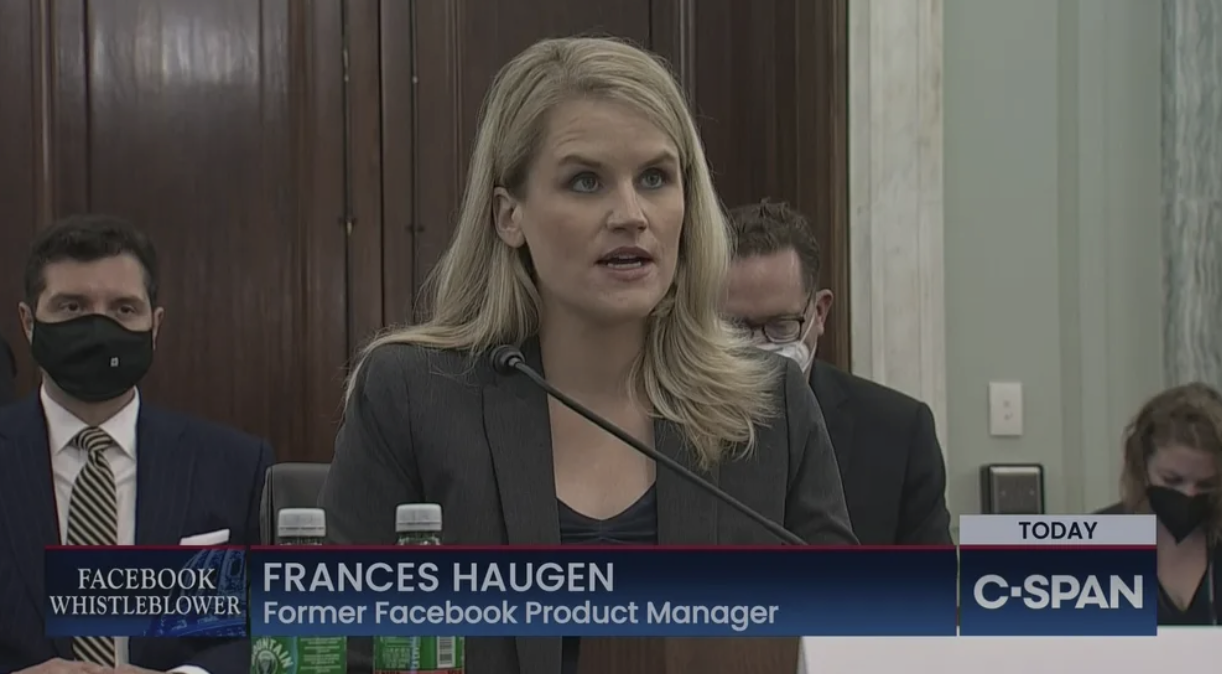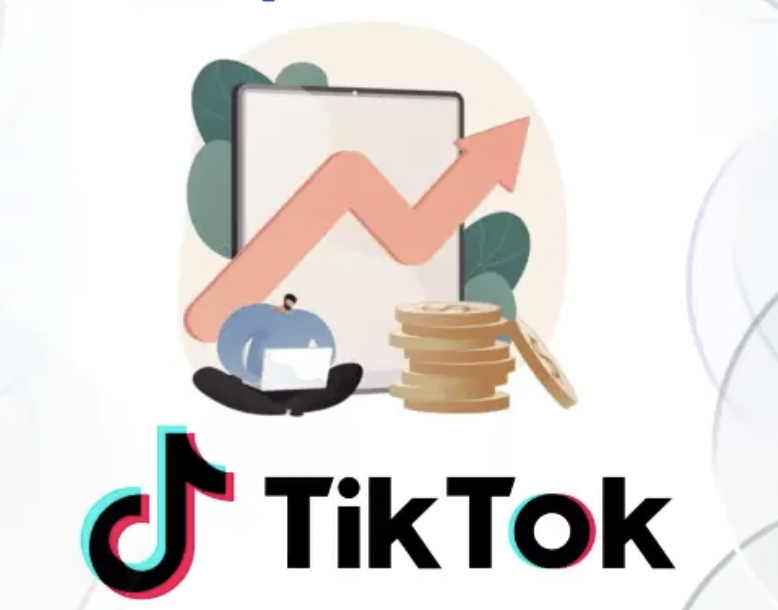Tech Giants Face Regulatory Challenges Amidst AI Revolution

The Francis Haugen testimony has etched a transformative juncture in the annals of social platforms, heralding an era where their unchecked ethos of “build fast and break things” met the watchful gaze of users and regulators alike. MIDiA, a longstanding observer of these dynamics, underscores the gradual metamorphosis towards a new paradigm, propelled in part by the ascendant force of artificial intelligence (AI).
The US Department of Justice (DOJ) has turned its legal arsenal towards Google, alleging the tech titan’s online search monopoly has been exploited to stifle competition and maximize profits. Concurrently, the DOJ is crafting another lawsuit targeting Google’s ad-tech empire, while the Federal Trade Commission (FTC) hints at forthcoming actions against Meta’s sprawling social empire. Spotify has added its voice to the chorus of discontent, penning a forceful critique of Apple’s perceived stranglehold on its app store. This collective scrutiny exposes the tensions between comprehensive user journey ownership and the sanctity of free market principles.
Yet, the ebb and flow of these legal skirmishes follows a well-trodden path where protracted legal processes and shrewd legal maneuvers often delay substantive change. However, the focal point of intrigue lies in the fusion of AI with this evolving landscape.
In 2023, AI strides forward, with innovations like ChatGPT and AI-powered DJs reshaping conventional practices. However, this dual-edged technology is both a boon and a menace. While AI promises cost reductions and increased productivity, it also casts a shadow over employment and creative diversity in the digital realm. Core disputes revolve around ownership and copyright issues stemming from AI-generated content. Spotify’s experimentation with AI-driven music curation hints at a future where the technology could autonomously produce music, potentially sidelining artists. This AI-induced efficiency prompts a broader reevaluation of labor dynamics, compelling governments and regulators to take a more earnest stance.
Nations are taking divergent paths in AI regulation. Japan’s permissive approach, with minimal restrictions on data usage in training sets, raises concerns about favoring imitators over original creators. Meanwhile, France is considering legislation mandating software to seek permission for using copyrighted works, attributing AI-generated content to original creators, and imposing taxes on companies exploiting AI-generated works without proper credit.
These developments underscore the acceleration of regulation compared to the historically lengthy process associated with digital advancements. Regulators, once more accommodating, are now poised to exert greater control. The resulting regulatory landscape will determine which markets ride the AI-powered wave and which languish.
“AI-friendly” markets may foster rapid development but at a social cost. Firms attuned to this environment stand to dominate. Conversely, “creator-protective” markets like Europe are likely to enforce stringent AI use rules. International corporations wrestling with the “black box” problem face the arduous task of adapting to enter such markets.
As companies inherently prioritize profit over consumer and creator protection, regulatory agencies find themselves at a crossroads. They must choose to either assert stricter control over tech behemoths or permit a modicum of flexibility in AI development. A mounting wave of lawsuits hints at Western governments potentially siding with citizens over corporate interests. The ensuing landscape offers tech companies a choice: embrace protective measures and social welfare or pivot towards less regulated markets, albeit with fewer humanitarian concerns. The interplay between AI and regulation is a nuanced tapestry, offering room for coexistence. Companies that strategically navigate these regulatory winds can optimize their products for the future marketplace.



